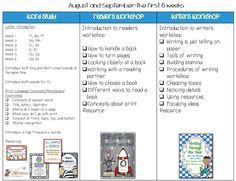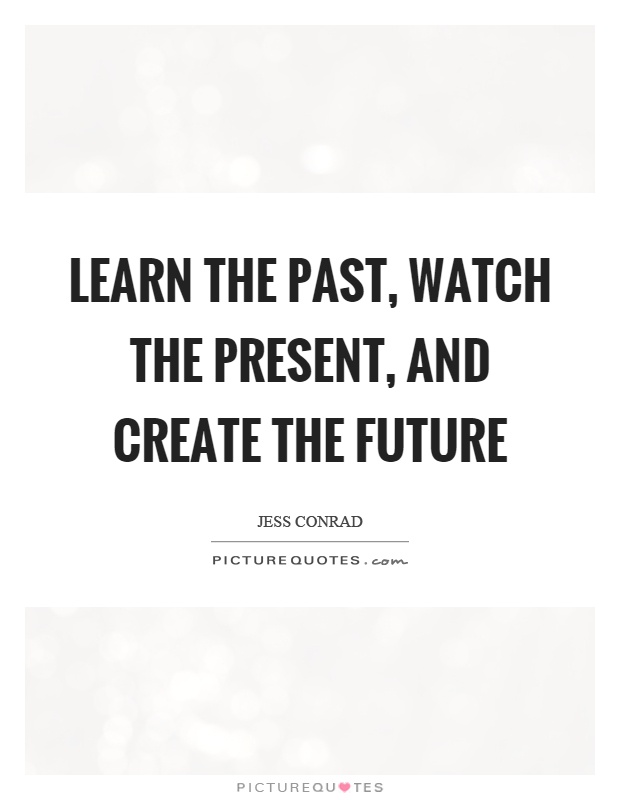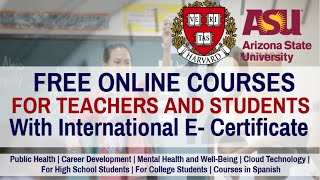
It is possible to make math fun for children. Here are some fun ideas. Flashcards, mnemonics and 10s out of tens are some examples. These are fun for children to play with! Also, try this fun math activity: make a flashcard out of a single digit and recite the digit on it! Your kids will thank you for the fun activity! Don't forget to share the fun activity with your friends.
Making math fun
Math should be fun! Make it relevant to everyday living. Math should be relevant to your everyday life and can be applied to the goals of your child. For kids to relate math with the real world, go outside and point out angles and shapes. Math is everywhere around us: shadows on buildings and angles, Fibonacci sequences on sunflower petals, etc. This knowledge can be used to make math more enjoyable for children.
Create flashcards
A great way to improve fact recall is to create flashcards. Quizlet is another option. You can create and share group flashcards and you can even make your own virtual cards. Google Docs makes it easy to create your cards. These websites are perfect for creating multiple-choice and adding images. Your flashcards can be printed out for your children to use or stored on a computer.

Creating mnemonics
Making mnemonics can be helpful in helping kids remember math concepts and solving word problems. These can be used in elementary, high school, or even higher grades. You should explain each mnemonic and show its effectiveness when you teach mnemonics in math. After you have demonstrated them well, you need to teach your students how they can be used.
Making 10s
When teaching your child to count, one of the first steps you should take is teaching the concept of making tens. This concept is easily illustrated using base 10 blocks. By doing this, students can easily see that base10 has no one and becomes one after adding four ones. You can help your child understand the concept of replacing an 0 with a number by using a twenty-frame mat along with two yellow and red counters.
Create bar graphs
Making bar graphs with math children is a great interactive activity. It combines both measuring skills and the art. In small groups, students brainstorm and decide on what makes a great graph. Each group must decide on a title for their graph and label the vertical and horizontal axes. Data can be collected using an interactive Velcro dartboard. Pom-poms can be used as targets by children for an extra challenge.
Scaled picture graphs
Your children will be able to create scaled picture diagrams for math. This skill will allow them to learn how data can be analyzed visually. A pictograph's basic structure is made up of two parts: The legend and the body. The legend tells students how many objects are in each photo, and the body contains groups of objects. Based on data analysis, the body separates the objects. For example, a business might have rows for each month of the year, with a picture of an apple for each case sold.

Scaled bar graphs
Creating scaled bar graphs for math classes can help your students improve their understanding of multiple-step problems and interpret data in new ways. Learning objective "Problems With A Scaled Bar Graph" refers both to CCSS and state standards which support student engagement. This lesson directly refers to standard 3.MD.B.3 of the common core mathematics standards. You can give your students worksheets which teach them how to create scaled image graphs.
FAQ
What salary does an early childhood teacher earn? (earning potential)
A teacher in early childhood earns an average salary of $45,000 per annum.
However, there are areas where salaries tend to be higher than average. Teachers who teach in large urban areas typically earn more than teachers working in rural schools.
Salaries also depend on factors such as the district's size and whether or not a teacher has a master's or doctorate.
Teachers start off making less money than other college graduates simply because they don’t have much experience. Their wages can rise over time though.
How long does a teacher of early childhood take?
The bachelor's degree program in early childhood education takes four years. Two years will be spent taking the general education courses required of most universities.
After finishing your undergraduate degree, you'll usually be accepted into graduate school. This step allows for you to specialize in one area of study.
For example, you could choose to focus on child psychology or learning disabilities. After earning a master's, you must apply to a teacher preparation program.
This process can take many years. This is a time when you will learn real-world skills from experienced educators.
You will also need to pass state exams in order to become a teacher.
It takes many years for this process to complete, so you may not be able immediately to join the workforce.
What are the differences between early childhood education?
There are many different ways to describe early childhood education. These are the most popular:
-
Preschool - Children ages 2 to 5
-
PreKindergarten for children aged 4-6
-
Head Start/Headstart for Children Ages 0-3
-
Day Care/ Daycares for children 0-5
-
Child Care Centres - Children from 0-18 Years
-
Family Child Care for Children Ages 0-12
-
Homeschooling - Children from KG to 16
Do you have to go to college in order become an early education teacher?
It is not possible, however, to better prepare yourself for your future career in this field, it might be worth looking into college.
It is important that you realize that being a teacher can be difficult. Every year, there are many applicants who aren’t accepted to programs. A lot of people leave college after just one semester.
To be a teacher, you will need to have strict qualifications.
Statistics
- They are also 25% more likely to graduate from high school and have higher math and reading scores, with fewer behavioral problems,” according to research at the University of Tennessee. (habitatbroward.org)
- Think of the rhetorical power of nineteenth-century abolitionist Harriet Beecher Stowe, Martin Luther King, Jr., or Occupy Wall Street activists with their rallying cry of “we are the 99 percent.” (bostonreview.net)
- In most developed countries, a high proportion of the population (up to 50%) now enters higher education at some time in their lives. (en.wikipedia.org)
- Globally, in 2008, around 89% of children aged six to twelve were enrolled in primary education, and this proportion was rising. (en.wikipedia.org)
- “Children of homeowners are 116% more likely to graduate from college than children of renters of the same age, race, and income. (habitatbroward.org)
External Links
How To
How do I apply to scholarships?
Before you apply for scholarship funding, ensure that you are eligible. You must meet certain criteria to be eligible for scholarships.
If you are financially disadvantaged, you may be eligible for a grant. You can qualify for a work-study program if you are enrolled in a vocational training course. If you are a member or a minority group, you may be eligible for a grant.
Once you have determined whether you are eligible for a scholarship type, you can apply.
You can apply online, in person, or over the phone. The application process varies depending on the type of scholarship.
Some scholarships require essays that describe you and explain why you desire the money. Some ask you questions such as "Why did this major interest you?"
Most scholarships require you to fill out an application form and send supporting materials.
Your scholarship provider will examine the information that you submit. If you are chosen, you will receive an email or postal notification.
Even if your application is not accepted, you may still be eligible to receive a scholarship. Contact your scholarship provider for details.